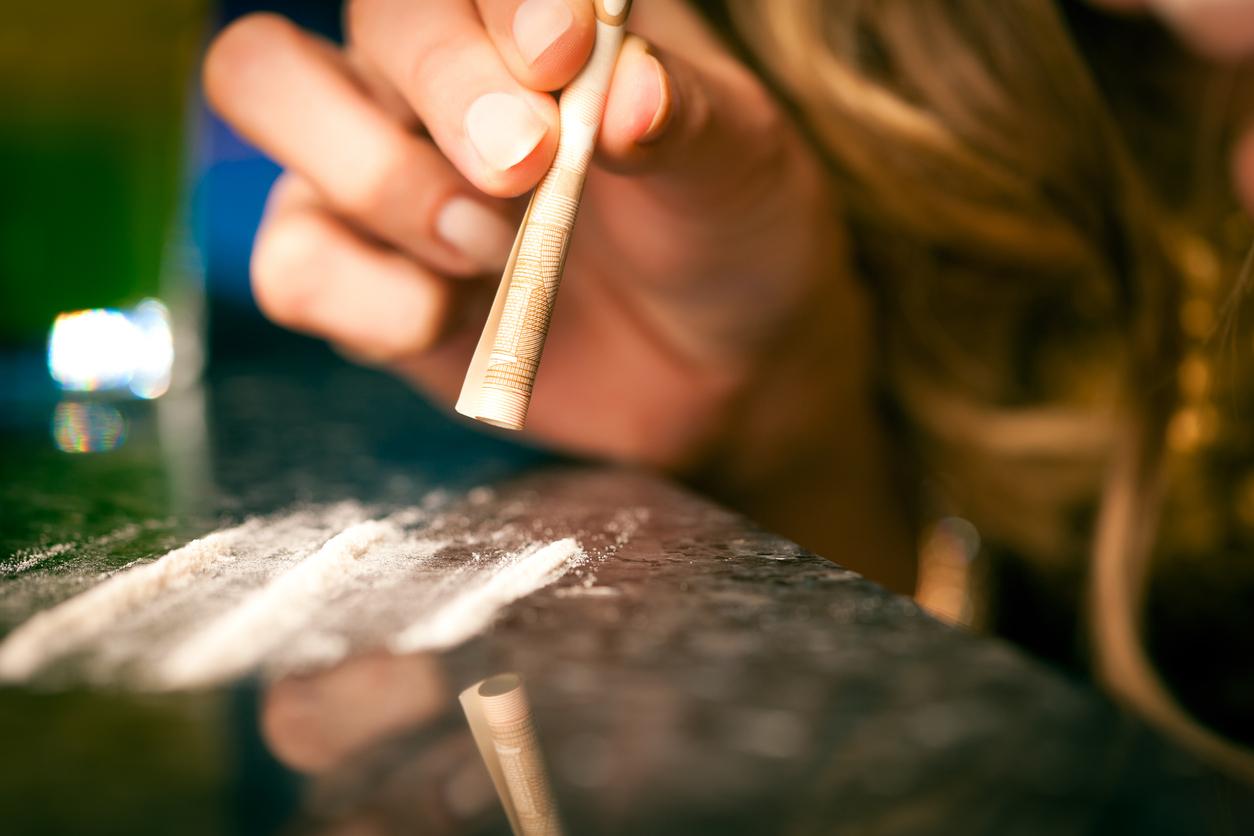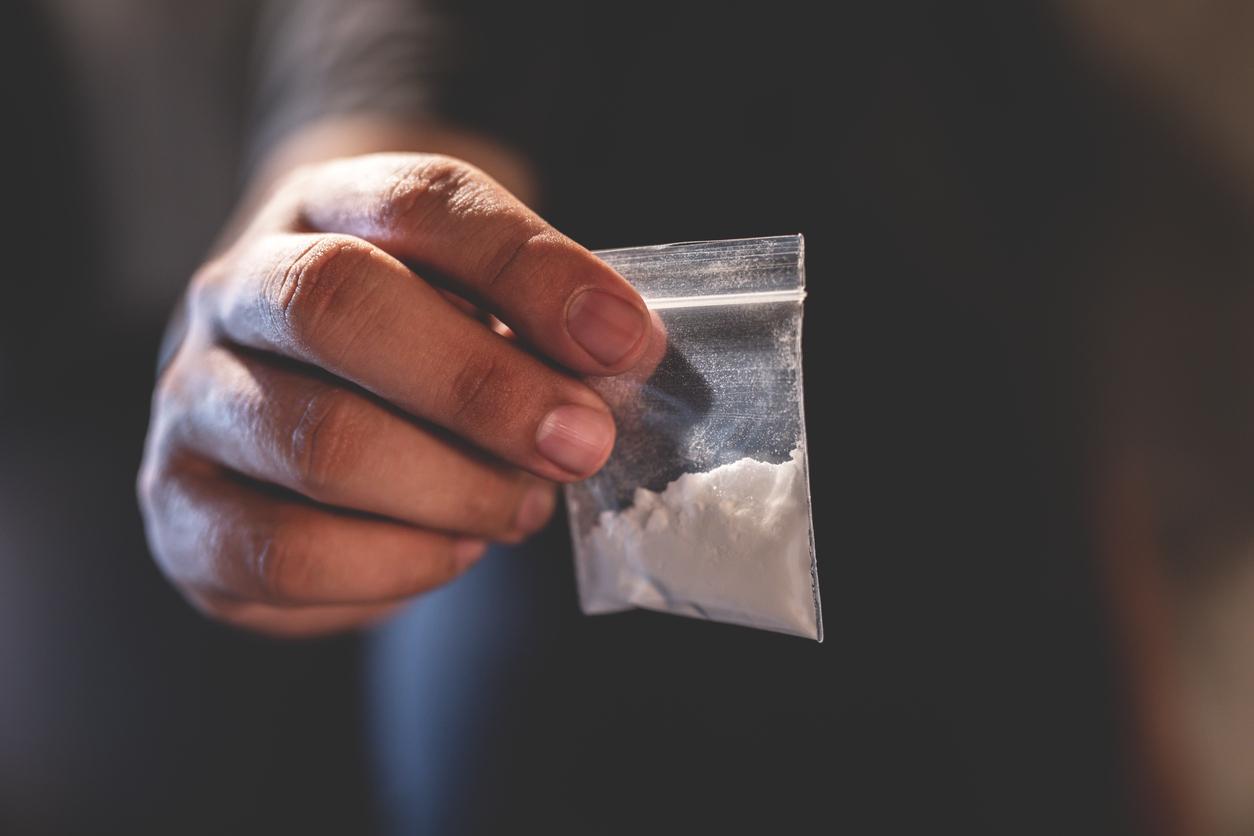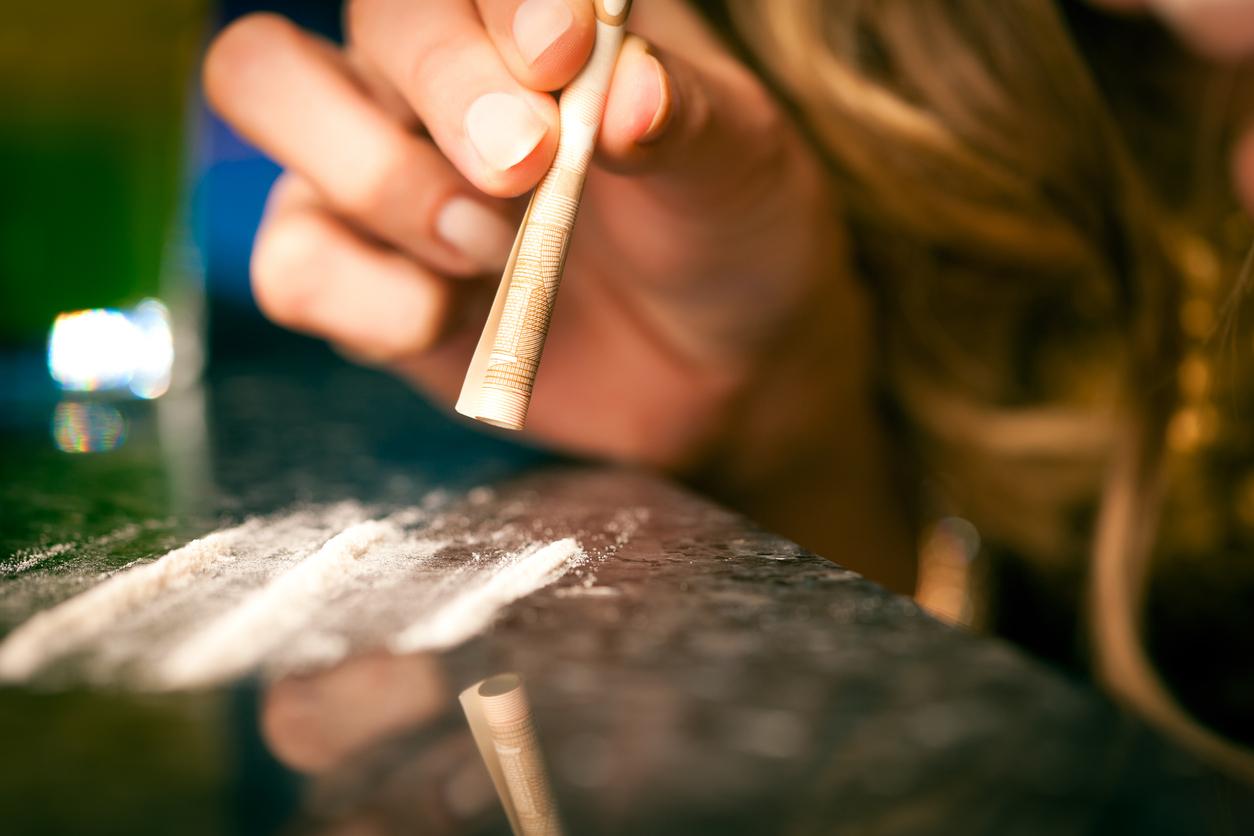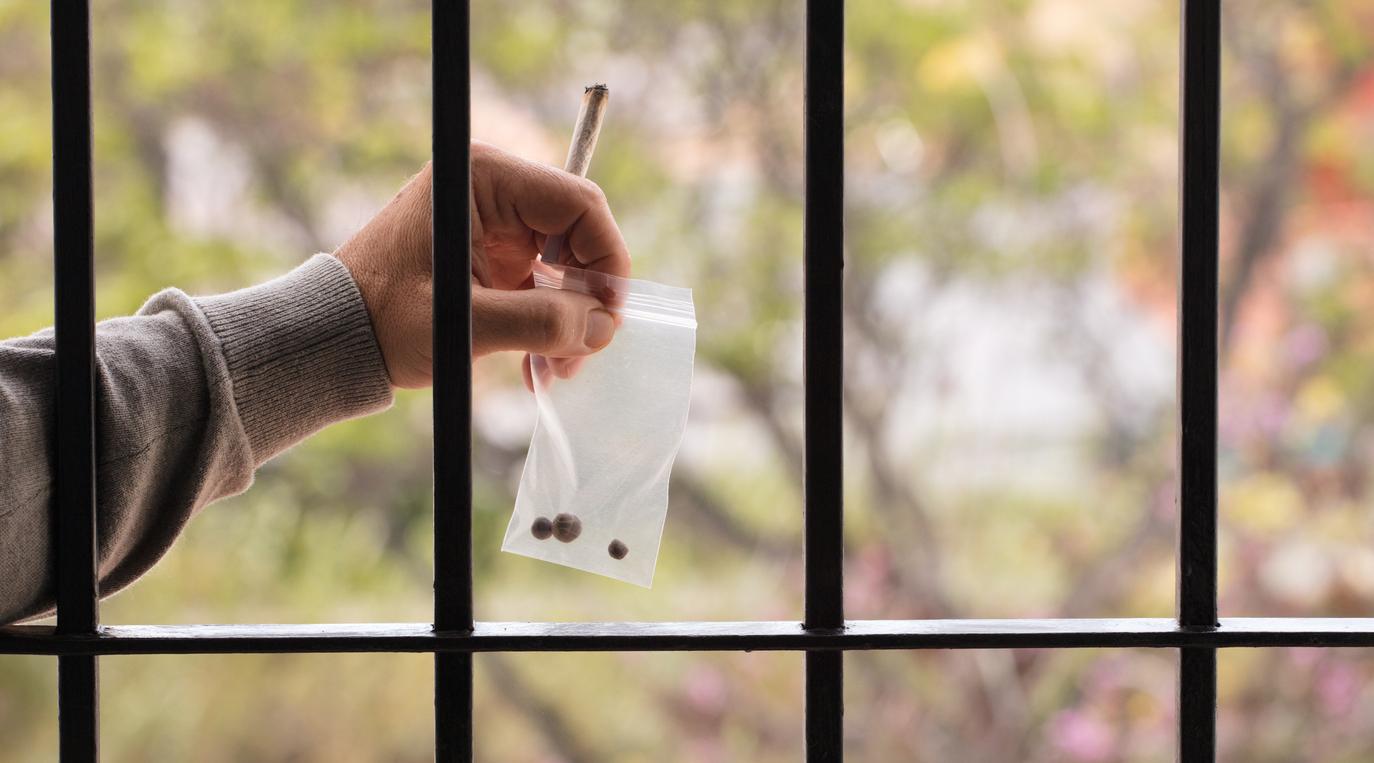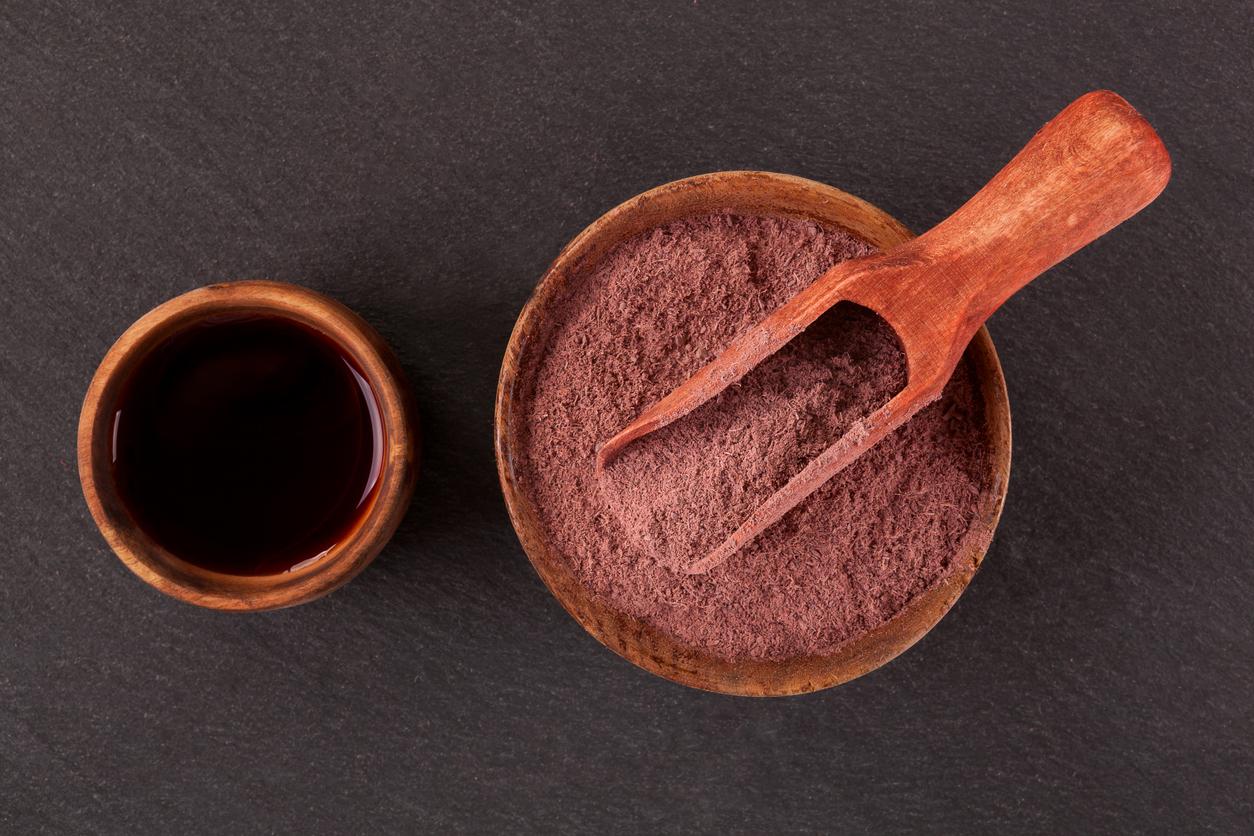The Senate on Thursday authorized the police to take a saliva sample, instead of a blood sample, to simplify the procedure for finding the offense.
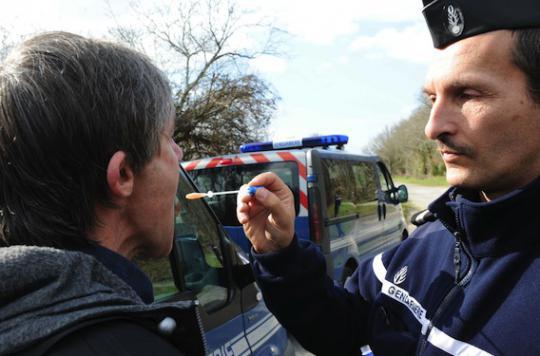
Studies confirm it, drug driving often rhymes with accident on the turn. It is in this state of mind that the Senate authorized Thursday, during the examination of the Health Bill, the police to take a saliva sample, instead of a blood sample, for simplify the procedure for establishing the offense of driving under drug use.
The senators thus approved two similar amendments, one from the government and the other from Catherine Génisson (PS).
Laboratory validated tests
“The current procedure obliges the police, after a first positive saliva screening, to take the motorist for a blood sample, most often in an emergency service”, underlined the Secretary of State for Health Ségolène Neuville, in comments reported by Agence France Presse (AFP). “This method generates a very significant loss of time, often 3 or 4 hours, not only for the police, but also for the motorist and the emergency doctors”, she added. “This blood sample can also appear quite intrusive for the driver on which it is carried out while another method also exists”, she concluded.
With the saliva test, it will actually be a double test. A cotton swab will first be passed through the driver’s mouth. If this first saliva test is positive, a second cotton swab will be applied in the mouth to validate the first result and determine what substance was taken.
Finally, the Criminal Research Institute of the National Gendarmerie (IRCGN) and the National Scientific Police Institute (INPS) will be responsible for analyzing the samples that will be provided by the police.
A reliable procedure
In order to determine the reliability of the new protocol, the experiment will compare the results of the new method with those of the method currently in force. As a reminder, a first experiment carried out from December 2014 to June 2015 in 11 departments has already confirmed the feasibility of this procedure.
In 2014, in 23% of fatal crashes, at least one driver or pedestrian tested positive for drugs. More than 130,000 drug tests were carried out over this period by the police.
.







